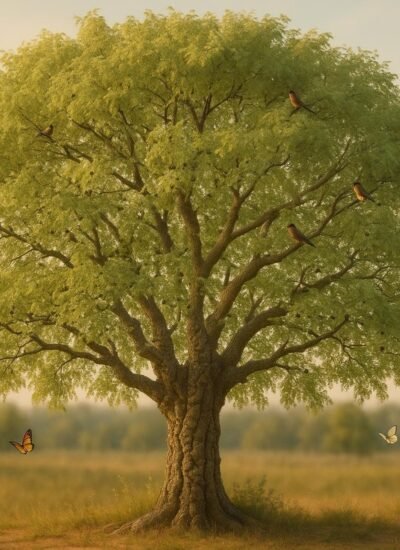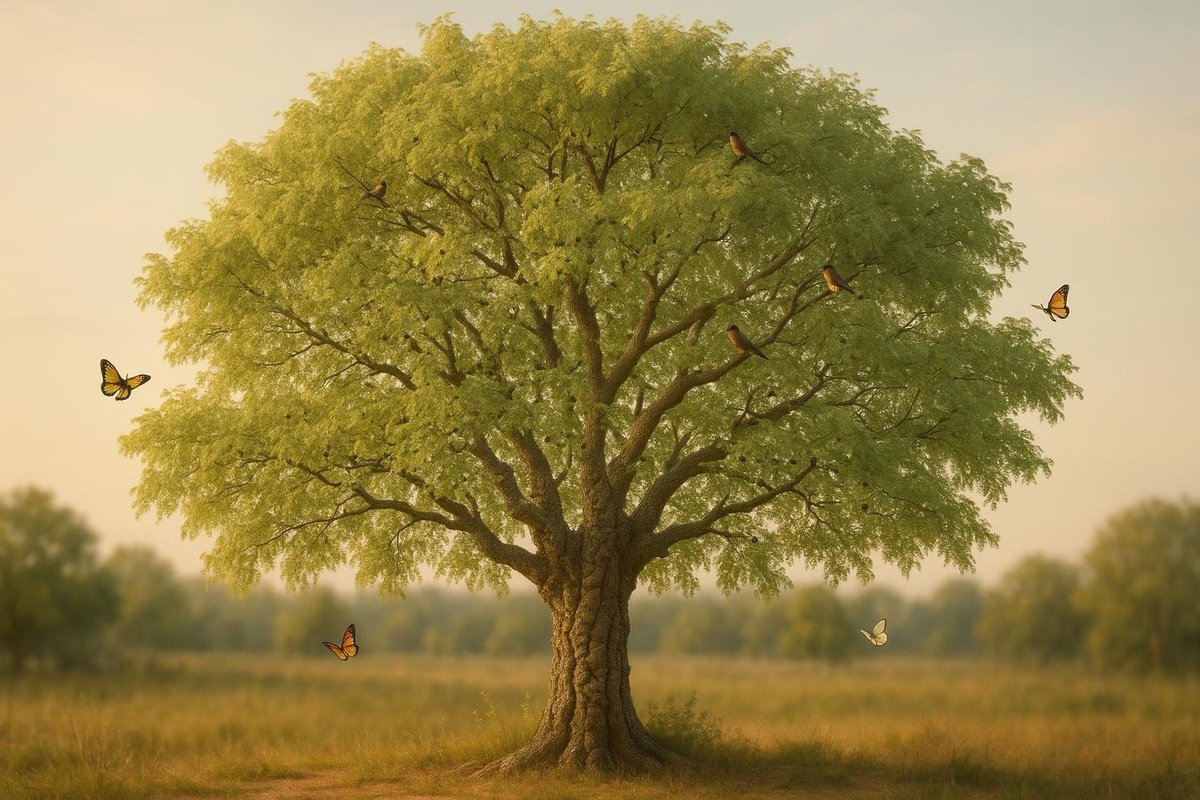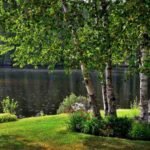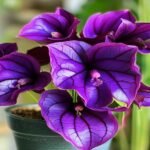In the world of native trees, some get all the attention. But standing quietly in the background is a resilient, adaptable, and incredibly valuable tree that deserves a place in the spotlight: the common hackberry, or Celtis occidentalis.
Often overlooked, this North American native is a true survivor. It’s a tree that asks for little but gives back so much, from providing shade in tough urban environments to supporting a vibrant ecosystem in your own backyard.
What is a Hackberry Tree?
The hackberry is a deciduous tree that can be found across a wide swath of the United States and into Canada. It’s a member of the cannabis family, believe it or not, and is a cousin to the elm tree, which it often replaced in landscapes after Dutch elm disease took its toll.
This isn’t a flashy, high-maintenance specimen. Instead, it’s a sturdy, dependable shade tree that thrives where others might struggle, making it a smart and sustainable choice for modern landscapes.
A Tree of Many Names and Unique Features
One of the most charming things about the hackberry is its collection of unique traits, starting with its name.
The Story Behind the Name
The name “hackberry” might not sound very appealing, but it has a lovely origin. It’s believed to be a modern version of the old Scottish term “hagberry,” which simply means “bird cherry.” This is a perfect description for a tree whose fruit is a favorite among feathered friends.
Distinctive Bark and Foliage
If you’re trying to identify a hackberry, the bark is your biggest clue. Young trees have a smooth, gray bark, but as they mature, they develop a wonderfully weird and warty texture. These corky ridges and bumps give the tree a rugged, ancient look that provides visual interest all year long.
Its leaves are simple and light green, with a slightly toothed edge that resembles a smaller version of an elm leaf. In the fall, they turn a pleasant, though not spectacular, shade of yellow.
Built for Survival: Growth and Adaptability
The hackberry is the definition of a low-maintenance, high-reward tree.
Size and Shape
This is a tree that grows at a medium to fast rate, eventually reaching a height of 50 to 70 feet with a broad, rounded canopy that can spread just as wide. When young, it has a more pyramidal shape, but it opens up as it matures, creating a classic shade tree silhouette.
Unfussy About Location
Perhaps the hackberry’s greatest strength is its incredible adaptability. It’s not picky about its home. Whether you have sandy, clay, or loamy soil, this tree will likely make itself comfortable. It can handle both dry spells and occasional flooding once it’s established.
This toughness extends to urban environments, where it tolerates pollution, compacted soil, and road salt with remarkable ease. It’s a true street-smart survivor.
A Haven for Wildlife
Planting a hackberry is like opening a restaurant for local wildlife. It quickly becomes a bustling hub of activity.
Food for Birds and More
The tree produces small, berry-like fruits called drupes that ripen from green to a deep, purplish-red in the fall. While they are edible for humans—with a taste sometimes compared to a date—they are a critical food source for birds like cedar waxwings, robins, and even woodpeckers, especially during the lean winter months.
A Butterfly Nursery
The hackberry is also an essential host plant for several butterfly species. The caterpillars of the Tawny Emperor, Mourning Cloak, Question Mark, and, of course, the Hackberry Emperor all rely on its leaves for food. By planting a hackberry, you’re directly supporting the lifecycle of these beautiful pollinators.
Planting and Caring for Your Hackberry Tree
Getting a hackberry established is refreshingly simple.
Finding the Right Spot
Choose a location that gets full sun to partial shade. While it’s tolerant, it won’t be happy in deep, all-day shade. Give it plenty of room to grow to its mature size, away from power lines and buildings.
Simple Planting Steps
When planting, dig a hole that is two to three times as wide as the root ball but no deeper. Place the tree in the hole, ensuring the top of the root ball is level with the surrounding soil. Backfill the hole, water it thoroughly, and add a layer of mulch to help retain moisture.
Low-Maintenance Living
For the first year, water your new tree regularly to help it get established. After that, it is remarkably drought-tolerant and will only need supplemental watering during extreme dry spells. It rarely requires fertilizer and is resistant to most pests and diseases.
The Hackberry Through the Seasons
From the fresh green leaves of spring to the stark, sculptural beauty of its warty bark in winter, the hackberry offers quiet interest all year. Its yellow fall color provides a gentle transition, and the dark drupes clinging to its branches add a touch of life to the winter landscape.
Is the Hackberry Tree Right for Your Yard?
If you’re looking for a tough, native, and wildlife-friendly shade tree that won’t demand much from you, the hackberry is an outstanding choice. It’s perfect for challenging sites, urban yards, and anyone who wants to create a more resilient and ecologically valuable landscape.
A Resilient Choice for a Changing World
In an era where we need our landscapes to be both beautiful and functional, the hackberry tree stands out as an unsung hero. It’s a testament to the strength and generosity of nature, a tree that works hard so you don’t have to. By choosing a hackberry, you’re not just planting a tree—you’re investing in a healthier ecosystem for generations to come.






Leave a Reply